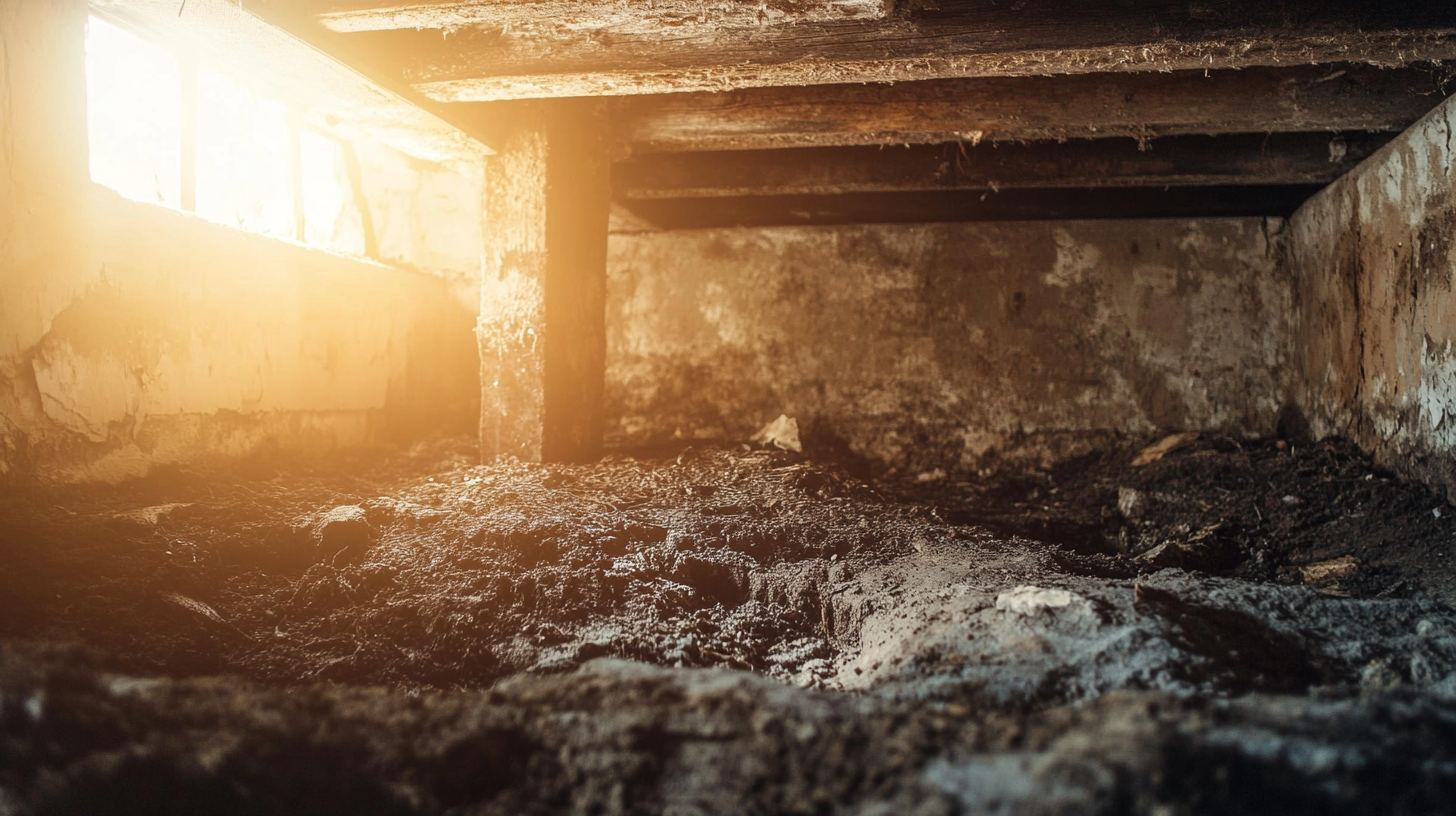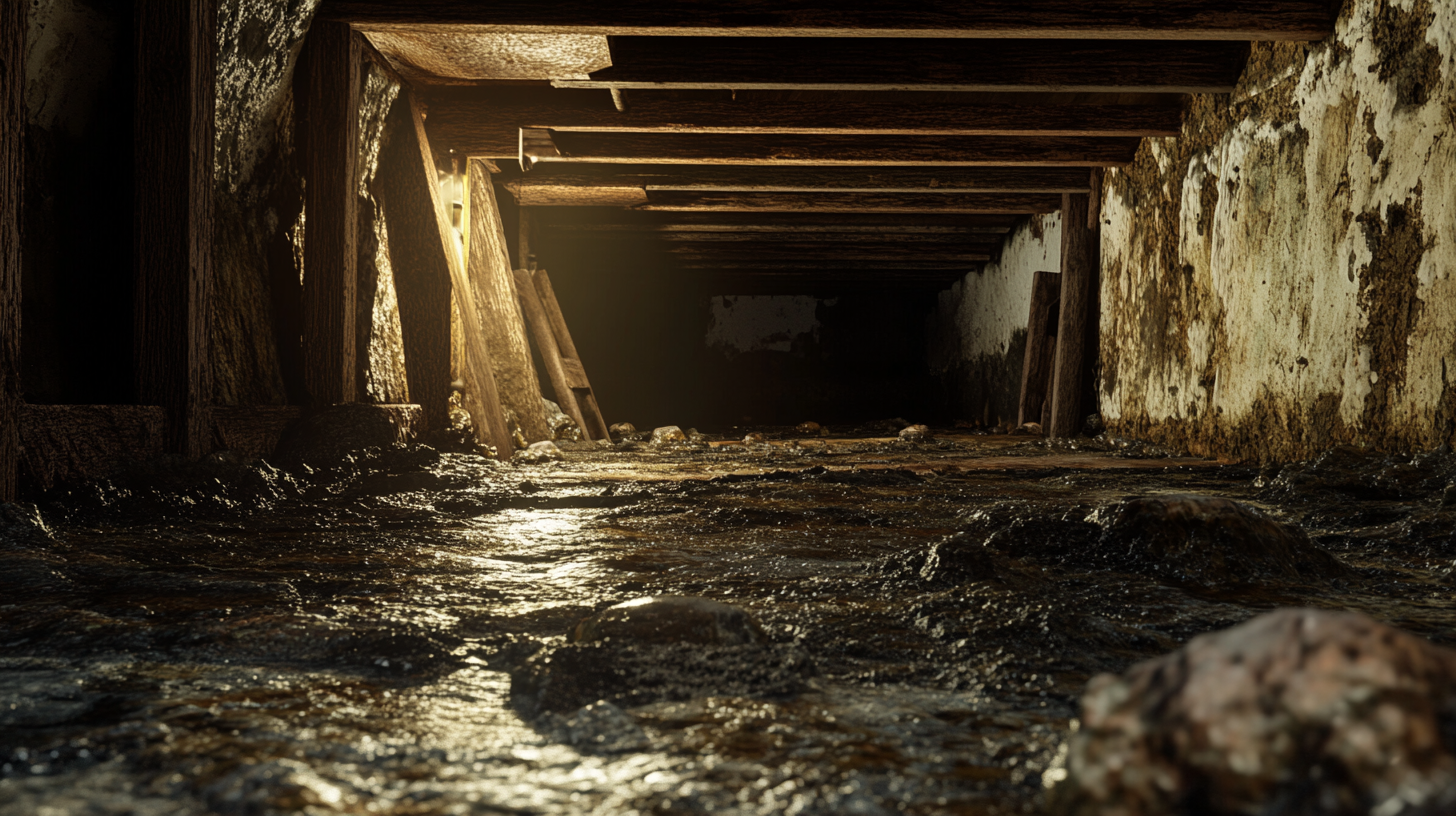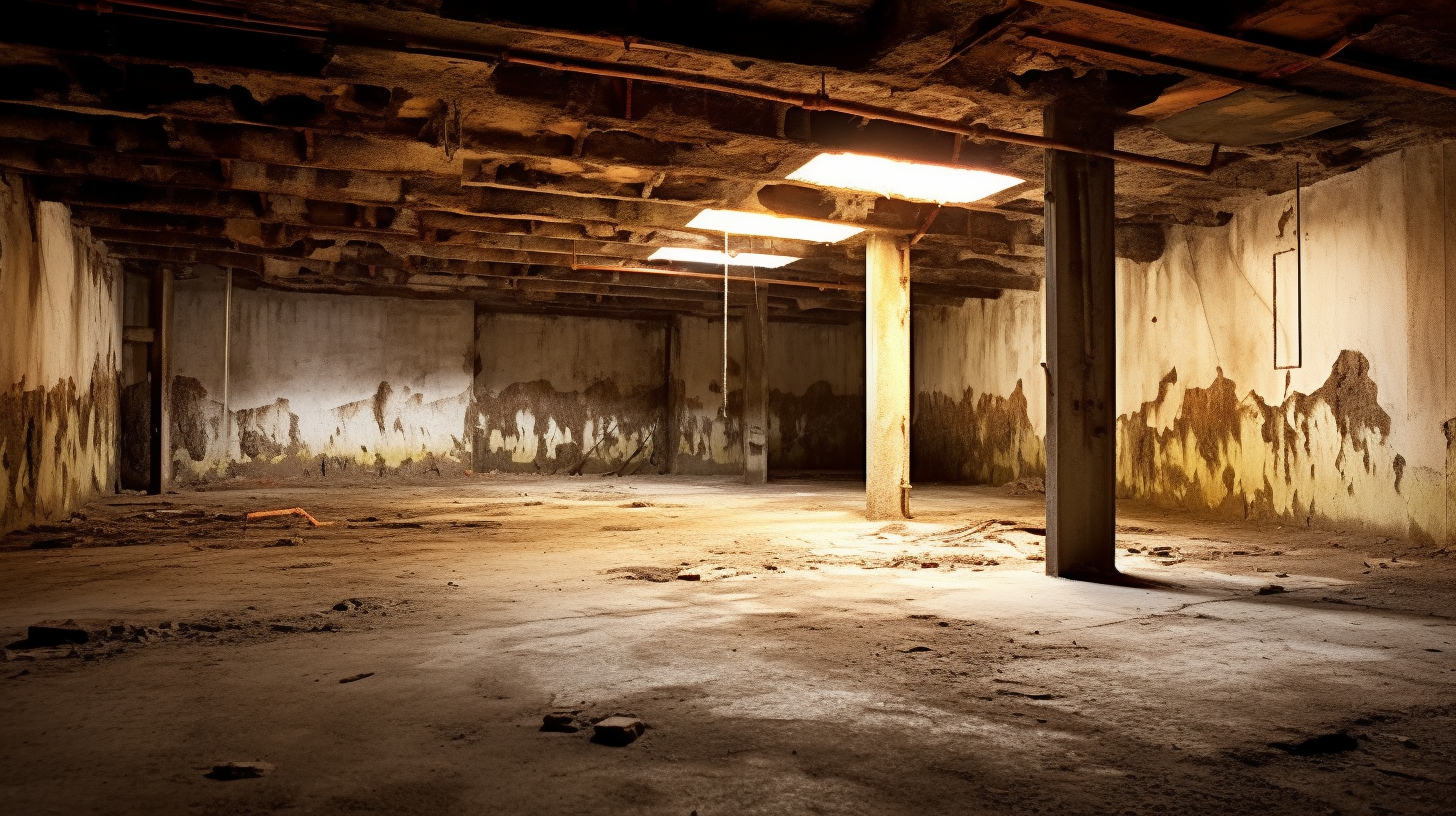Now IS THe Time To...

Crawl Space Services In Knoxville, TN
Stetson Howard: 865-432-6743
CRAWL SPACE ENCAPSULATION, REPAIR, WATERPROOFING & MOLD REMOVAL
No-Obligation, Free Inspections
No-Obligation Free Estimates
We Warranty All of Our Work
100% Satisfaction Guaranteed
If you want to keep unwanted pests and moisture out of your home, a vapor barrier in the crawl space is a must. In this post, we'll go over the various vapor barriers out there, help you choose the one that's right for your situation, and give you some helpful hints for setting it up and keeping it in good working order. To make sure you pick the right material for your vapor barrier, read on.
Introduction to Vapor Barriers
Vapor barriers are crucial for preventing the growth of mold, mildew, and other allergens in your home. The presence of a crawl space elevates the significance of this task because moisture accumulates more rapidly in confined spaces.
Crawl space vapor barriers are simple waterproof materials that line the walls and floors to keep moisture out and protect your home from damage. The energy efficiency of a house can be enhanced by installing a vapor barrier because it helps to control humidity and temperature in the crawl space.
This not only aids in saving money on energy costs and increasing comfort, but it also aids in decreasing allergens in the air.
Types of Vapor Barriers Available
When deciding on a material for your crawl space, vapor barriers are an option. To cover large areas quickly and cheaply, polyethylene sheeting is the go-to material. The system functions by forming a waterproof barrier across your crawl space's walls and floors. However, reinforced polyethylene or metalized polyethylene, which are more resilient, are often recommended for areas with high levels of moisture.
The specifics of the vapor barrier setup will vary with the material selected. To make a better seal and prevent water damage, you may need to add more layers. As an alternative, you can use a spray-on vapor barrier to cover the entire surface area quickly and efficiently.
Factors to Consider When Choosing the Right Material for Your Crawl Space Vapor Barrier
If you want to keep moisture out of your crawl space, you need to make sure you use the right vapor barrier material.
The material's ability to prevent water molecules from passing through is most dependent on its air permeability rating. Selecting a material that is tough enough to last through high heat and repeated use is also crucial.
Also, depending on your financial situation, you may want to think about the price.
Last but not least, before beginning work, it's a good idea to read up on the proper installation methods for the material you've chosen. This will aid in forethought, ensuring the task is completed successfully and with no unnecessary expenses.
Installing the Vapor Barrier Properly
Proper vapor barrier installation is crucial for efficient moisture management. To get started, you'll need to clean out the crawl space and cover the floor with gravel. Doing so will aid in making a flat surface on which to install the vapor barrier. Before cutting the material to size for your crawl space, you should check its air permeability rating. Staples or nails driven through every 6-8 inches after cutting will keep the material in place. You could double the sealing power of your vapor barrier by installing it over your first layer. Finally, make sure there are no cracks or crevices where moisture can seep in by caulking or taping over any seams or connections.
Maintaining the Vapor Barrier Over Time
A vapor barrier's effectiveness over time depends on regular inspections to detect and repair any weak spots or damage. Keep an eye out for things like moisture damage, holes in the seams and connections, and fraying. Remove the damaged sections and replace them with new ones, then reseal any openings you find. If the humidity in your crawl space gets too high at certain times of the year, a dehumidifier could be a useful addition to your current defenses. This will aid in ensuring that your vapor barrier keeps out moisture even on wetter days. Finally, don't forget to periodically wipe down the barrier with a damp cloth. Cleaning your vapor barrier regularly will extend its life by removing any dirt and debris that has accumulated over time.
Benefits of Having a Properly Installed Vapor Barrier
Many problems can be avoided and advantages gained by having a vapor barrier installed in your home.
- As a first step, it will prevent moisture from entering your home and causing damage to your crawl space and other areas.
- This can help cut down on the amount of mold and mildew in the area, which in turn can improve air quality and reduce allergy symptoms.
- As a bonus, keeping your crawl space dry can help you save money on your energy bill by sealing off any cracks that may have developed and keeping warm air from escaping.
- Finally, with the vapor barrier in place, you can store items in your crawl space without worrying about moisture or humidity damage.
Common Mistakes Homeowners Make When Choosing a Vapor Barrier Material
Most homeowners make the mistake of choosing a vapor barrier material that is not thick enough.
- Insufficient protection from water and an increased risk of tearing or puncturing means that homes with thin barriers are at risk of flooding. Choose a material with a thickness of at least 6 millimeters for optimal safety.
- Many homeowners also make the mistake of buying without first verifying the quality of the item. You should only buy high-quality materials that were created for sealing and waterproofing.
- Additionally, generic plastic sheeting should be avoided due to its rapid degradation and subsequent ineffectiveness.
- Finally, be sure to caulk or tape over any exposed nails, seams, or cracks; even the best vapor barrier will fail to protect against moisture if these areas are left uncovered.
How an Insulated Crawl Space Can Help with Energy Efficiency
There are a few ways in which the energy efficiency of your home can be increased by insulating the crawl space. Firstly, the insulation prevents warm and cool air from easily entering your home by acting as a barrier. That's good news because it means your HVAC system won't have to work as hard to keep the house at a comfortable temperature all year round. Second, you can lessen the dampness in your crawl space by installing insulation there. Condensation and dampness are reduced thanks to the insulation's ability to keep outdoor air out. Last but not least, an insulated crawl space can lessen outside noise by soaking up vibrations in the air. In the long run, this can make your home more pleasant to live in.
Cost Comparison of Different Types of Vapor Barriers
The cost of each vapor barrier material should be taken into account before a final decision is made. Spray-on membranes, polyethylene sheets, and reinforced polyethylene sheets are the most common vapor barriers. The least expensive material is polyethylene sheets, but they provide almost no defense against water. The higher price tag reflects the increased security offered by reinforced polyethylene sheets. Spray-on membranes, which offer the best protection from moisture, are the most expensive and require professional installation. Thinking about your budget and how much protection you need will help you determine the best vapor barrier for your needs.
Summary
Choosing the best vapor barrier material for your crawl space may seem like a huge task, but it's not that difficult. Educating yourself on your options, selecting the material that best fits your needs, and hiring a professional to install it are the three most important steps in making a good material choice for your home. Start by learning about the pros and cons of various materials like polyethylene sheets, reinforced polyethylene sheets, and spray-on membranes. Step two: pick the option that serves your purposes while staying within your price range. Finally, have a professional install the vapor barrier if you need to. This will guarantee that it is installed properly and will provide the best possible protection against moisture in the crawlspace.
FAQs about How to Choose the Right Material for your Crawl Space Vapor Barrier
What are the benefits of installing a vapor barrier in my crawl space?
By blocking moisture from seeping into the living quarters above the crawl space, a vapor barrier can be an invaluable investment in the long-term health of your home or business. By keeping air from escaping the insulated space, it can also aid in lowering energy costs.
How do I know which material is best for my vapor barrier?
The best vapor barrier material will change based on variables like climate, insulation needs, and humidity levels. In warmer climates with less moisture, ultraviolet-resistant polyethylene or reinforced polyethylene are preferable, while thicker plastic sheeting is best in humid areas.
Are there other considerations when choosing a material for my vapor barrier?
Yes, be sure to select materials that are designed to handle temperature fluctuations and are mold-resistant since these factors can have an impact on their longevity and effectiveness. Additionally, make sure to choose a product that meets all applicable building codes in your area.
Recent Blog Posts
Crawl Space News







